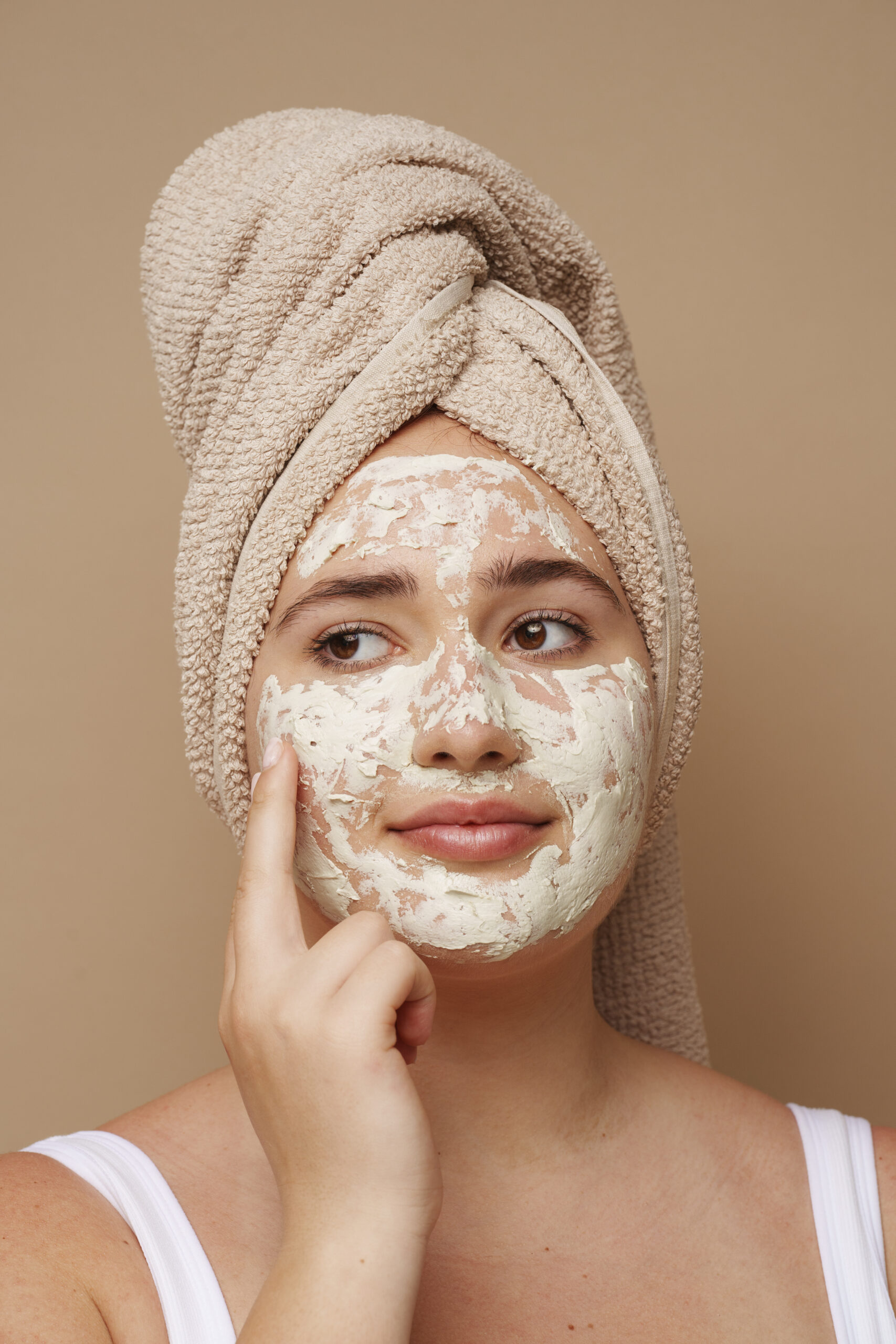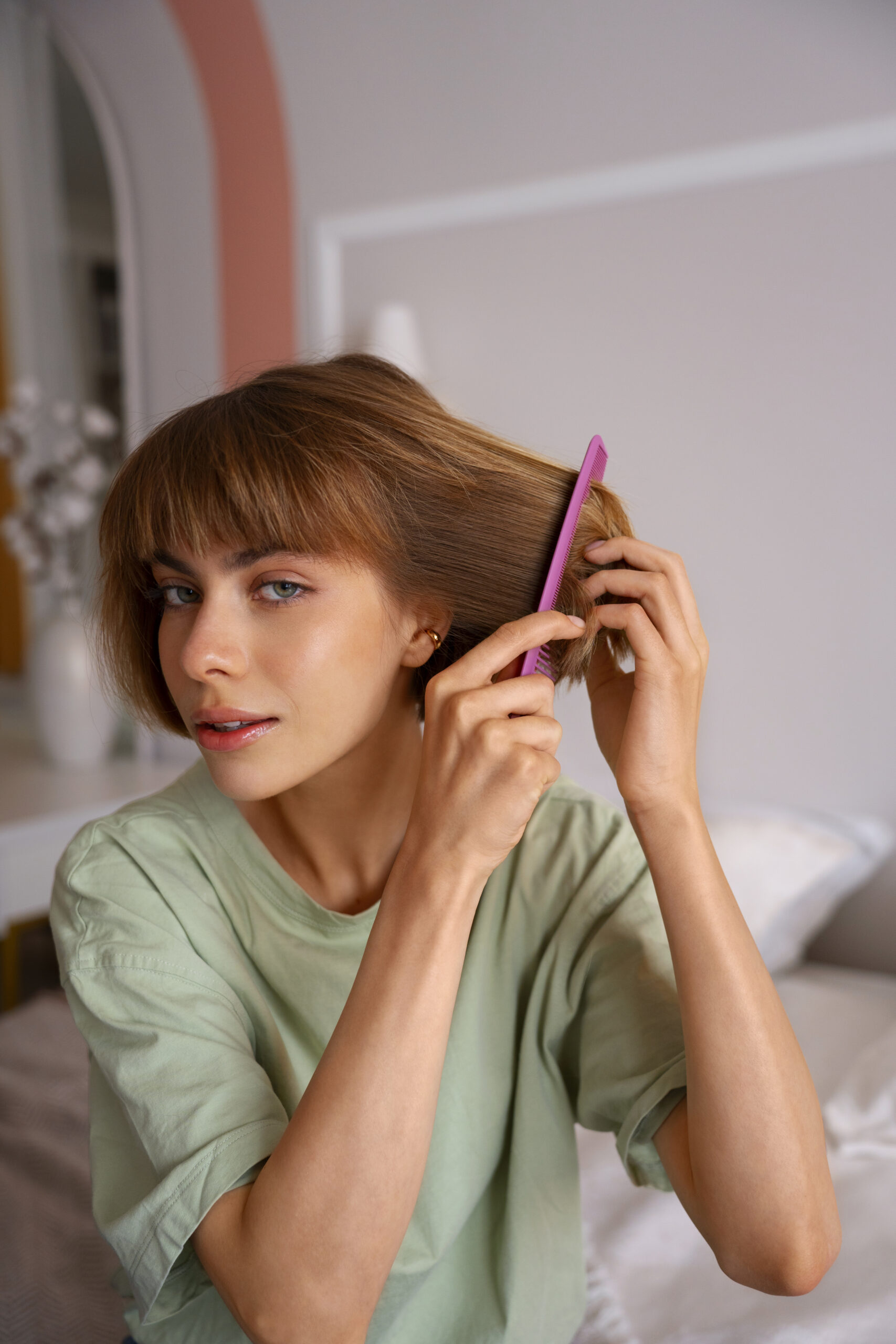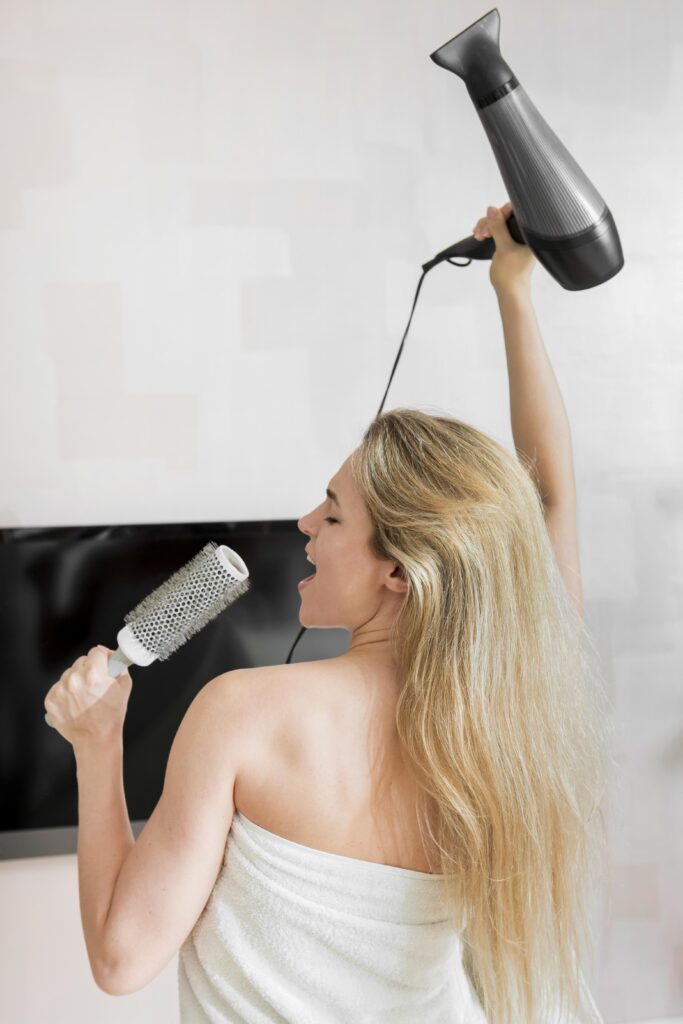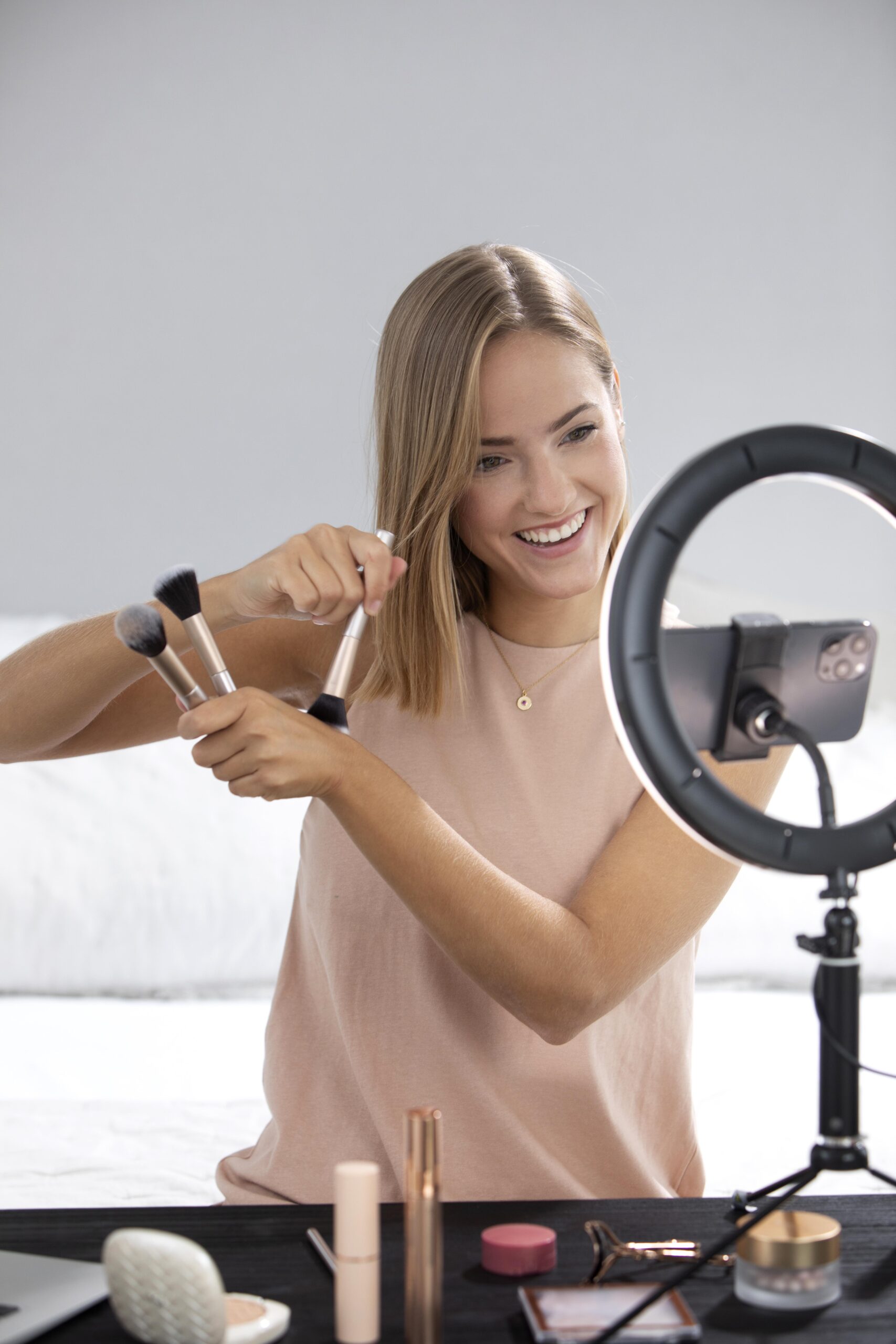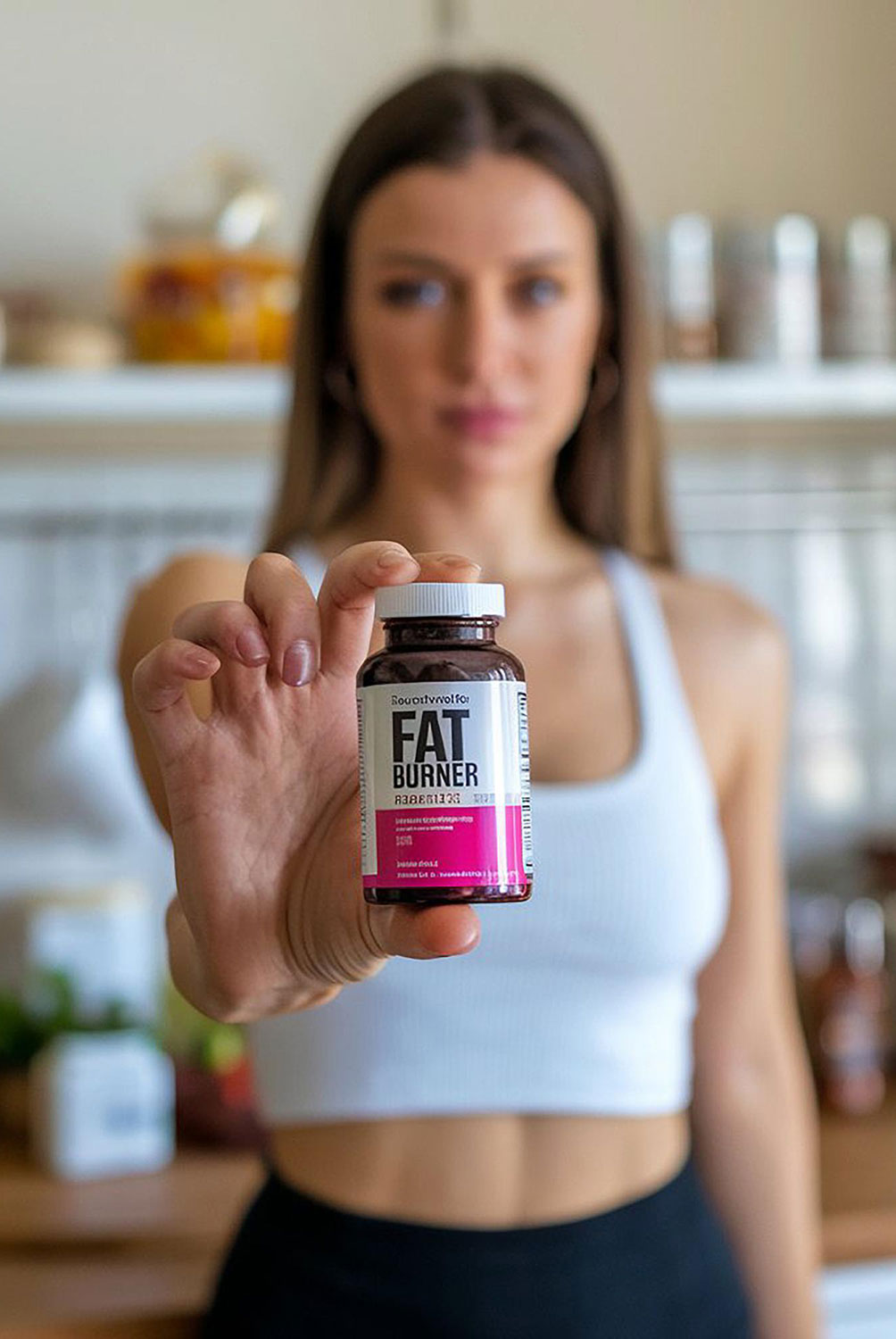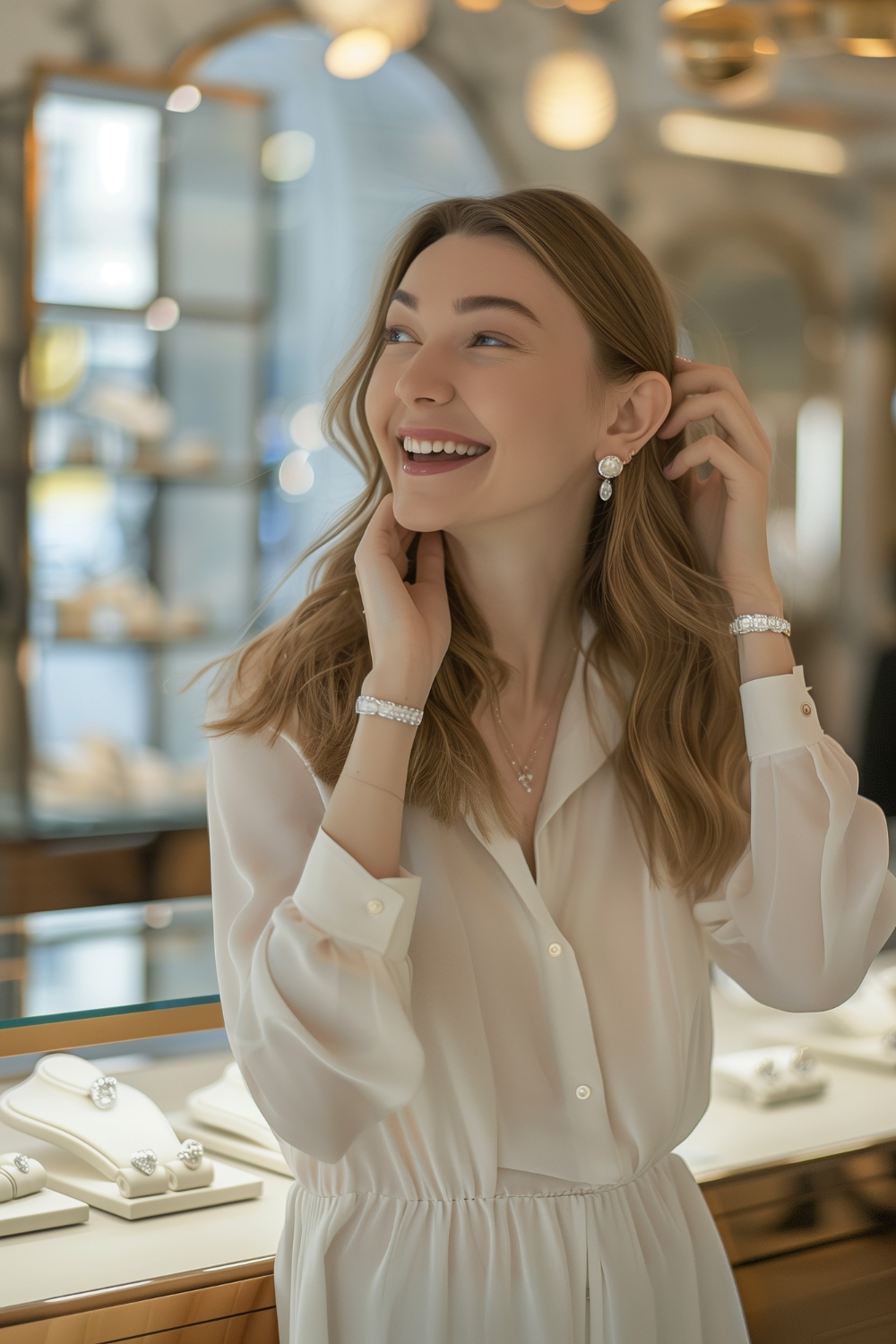Paraben Harms: What You Need to Know
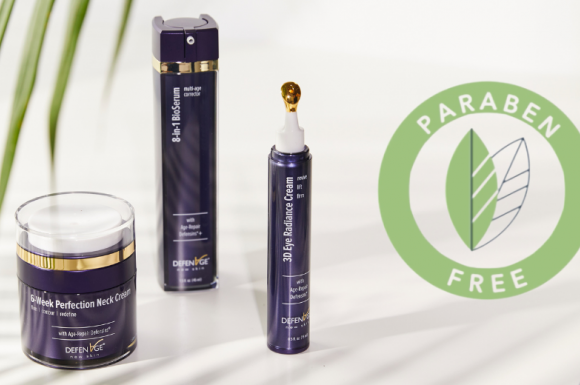
Paraben Harms: What You Need to Know.
Table of Contents
In the vast and often perplexing world of cosmetics and personal care products the ingredient list can feel like an alphabet soup of unfamiliar chemical names. Among these one group of compounds parabens has consistently found itself under the spotlight sparking debate and raising concerns among consumers and scientists alike. So what exactly are parabens and why is there so much discussion about whether they are harmful?
This comprehensive guide will delve into the fascinating science behind parabens exploring their chemical structure their widespread use as preservatives and the reasons behind the controversy surrounding their safety.
We will meticulously examine the scientific evidence both for and against the potential harmful effects of parabens in cosmetics and personal care products unraveling the complexities of the research and providing a clear and understandable explanation of why these ubiquitous ingredients have become a subject of scrutiny all while maintaining an engaging and accessible tone without the interruption of unnecessary hyphenation in our exploration of the paraben phenomenon.
From their antimicrobial properties to the concerns about their potential endocrine disrupting effects and links to certain health issues we will navigate the scientific landscape to provide you with a well rounded understanding of what parabens are and the reasons behind the ongoing debate about their safety empowering you to make informed choices about the products you use.
The Basics Unveiling What Parabens Are and Their Role in Products
To understand the controversy surrounding parabens we first need to establish a clear understanding of what they are and why they are so commonly used in cosmetics and personal care products.
- Chemical Structure and Types: Parabens are a class of synthetic chemicals that are structurally related to para hydroxybenzoic acid (PHBA) which occurs naturally in some fruits and vegetables. The most commonly used parabens in cosmetics include methylparaben ethylparaben propylparaben butylparaben and isobutylparaben. These different forms have varying molecular structures and antimicrobial properties.
- Powerful Preservatives: The primary function of parabens in cosmetics and personal care products is to act as preservatives. They are highly effective at preventing the growth of harmful bacteria fungi and mold which can contaminate products making them unsafe for use and reducing their shelf life. This antimicrobial property is why parabens have been widely used for decades.
- Widespread Use: Due to their effectiveness broad spectrum antimicrobial activity low cost and long history of use parabens have been incorporated into a vast array of products including shampoos conditioners lotions moisturizers makeup sunscreens and even some food and pharmaceutical products. Their versatility and efficacy have made them a staple in the formulation of many consumer goods.
- Why Preservatives are Necessary: Preservatives like parabens are crucial for product safety. Without them products could easily become contaminated with microorganisms that can cause skin irritation infections or even more serious health issues. Preservatives ensure that products remain safe and effective throughout their intended shelf life.
The Controversy Unpacking Why Parabens Are Said to Be Harmful
Despite their effectiveness as preservatives concerns have been raised about the potential harmful effects of parabens based on various scientific studies and observations. These concerns primarily revolve around their potential endocrine disrupting properties and possible links to certain health issues.
- Potential Endocrine Disruptors The Hormonal Harmony Hypothesis: One of the main reasons why parabens are said to be harmful is their potential to act as endocrine disruptors. The endocrine system is a network of glands that produce hormones which regulate various bodily functions including growth metabolism and reproduction. Some studies have shown that parabens can mimic estrogen a primary female sex hormone. This estrogenic activity has raised concerns that parabens could potentially disrupt the delicate hormonal balance in the body.
- Weak Estrogenic Activity: It’s important to note that the estrogenic activity of parabens is generally considered to be much weaker than that of natural estrogen. Studies have shown that the binding affinity of parabens to estrogen receptors is significantly lower than that of estradiol the primary form of estrogen in the human body.
- In Vitro vs In Vivo Studies: Much of the initial research on the estrogenic effects of parabens was conducted in vitro (in laboratory settings using cells or tissues). The relevance of these findings to in vivo (in living organisms including humans) exposure is a subject of ongoing debate as the body has complex mechanisms for metabolizing and eliminating substances.
- Link to Breast Cancer The Tumor Tissue Findings: Another significant concern that has fueled the controversy surrounding parabens is the finding of parabens in breast tumor tissue. Some studies have detected parabens in breast cancer samples leading to speculation that these chemicals might play a role in the development or progression of breast cancer.
- Presence vs Causation: It is crucial to understand that the detection of parabens in tumor tissue does not necessarily mean that parabens caused the cancer. Correlation does not equal causation. Parabens are widely used so their presence in bodily tissues including tumors could simply reflect widespread exposure.
- Lack of Definitive Causal Link: Extensive research has been conducted to investigate a direct causal link between paraben exposure from cosmetics and breast cancer. To date the majority of scientific evidence does not support a direct cause and effect relationship. Major cancer organizations and regulatory bodies have concluded that the current scientific evidence does not show that parabens at the levels typically found in cosmetics increase the risk of breast cancer.
- Skin Irritation and Allergic Reactions The Sensitivity Factor: While parabens are generally considered to be well tolerated by most people some individuals may experience skin irritation or allergic reactions to products containing parabens. This is not unique to parabens as many cosmetic ingredients can cause sensitivity in certain individuals.
- Contact Dermatitis: In susceptible individuals parabens can trigger contact dermatitis characterized by redness itching and rash at the site of application.
- Prevalence of Reactions: Allergic reactions to parabens are not considered to be widespread but individuals with known sensitivities should avoid products containing them.
- Environmental Concerns The Accumulation Question: Concerns have also been raised about the potential environmental impact of parabens as they can enter wastewater systems from the use of personal care products. Studies have detected parabens in aquatic environments and some research suggests potential ecological effects.
- Biodegradability: Parabens are generally considered to be biodegradable and break down relatively quickly in the environment.
- Concentrations in the Environment: While parabens have been detected in the environment the concentrations found are typically low and the long term ecological effects are still being studied.
The Scientific Consensus Navigating the Conflicting Information
Given the ongoing debate and the wealth of scientific information it’s important to consider the consensus views of major regulatory bodies and scientific organizations around the world regarding the safety of parabens in cosmetics.
- Regulatory Body Assessments: Regulatory agencies such as the U.S. Food and Drug Administration (FDA) the European Union (EU) Scientific Committee on Consumer Safety (SCCS) and1 Health Canada have extensively reviewed the scientific evidence on parabens. These bodies generally conclude that parabens are safe for use in cosmetics at the currently allowed concentrations.
- Concentration Limits: Regulatory bodies have established limits on the maximum concentrations of parabens that are permitted in cosmetic products to ensure consumer safety. These limits are based on scientific assessments of the potential for adverse effects.
- Ongoing Research and Monitoring: While current evidence suggests that parabens are safe at permitted levels regulatory agencies continue to monitor new research and reassess their safety as needed. This ongoing vigilance ensures that consumer safety remains a top priority.
- Alternative Preservatives: In response to consumer concerns and market trends many cosmetic companies have formulated products without parabens opting for alternative preservatives such as phenoxyethanol benzoic acid sorbic acid and various plant derived extracts. The availability of paraben free products provides consumers with more choices.
Making Informed Choices Empowering Yourself with Knowledge
Ultimately the decision of whether or not to use products containing parabens is a personal one. Being informed about the science and the perspectives from different sources can empower you to make choices that align with your values and comfort level.
- Read Product Labels: Pay attention to the ingredient lists of your cosmetics and personal care products. Parabens will typically be listed with the prefix “paraben” such as methylparaben or butylparaben.
- Consider Your Sensitivities: If you have a history of skin sensitivities or allergic reactions you may choose to avoid products containing parabens or other potential irritants.
- Weigh the Evidence: Consider the scientific consensus from regulatory bodies alongside the concerns raised in individual studies. Understand the difference between potential risks identified in laboratory settings and proven harm in human use at typical exposure levels.
- Explore Alternatives: If you prefer to avoid parabens there are many effective paraben free products available. Look for products that use alternative preservative systems.
- Consult Professionals: If you have specific health concerns or questions about parabens consult with your doctor or a dermatologist for personalized advice.
Navigating the Paraben Puzzle with Science and Informed Choices
The question of what are parabens and why are they said to be harmful is a complex one rooted in scientific research and consumer concerns. While parabens have served as effective preservatives for decades studies suggesting potential endocrine disrupting effects and links to health issues have fueled a significant debate. It is crucial to approach this topic with a nuanced understanding recognizing the difference between laboratory findings and real world risks at typical exposure levels.
The scientific consensus from major regulatory bodies currently supports the safe use of parabens in cosmetics at established concentrations while ongoing research and the availability of paraben free alternatives provide consumers with more choices.
By staying informed reading product labels and considering your individual needs and preferences you can confidently navigate the paraben puzzle and make empowered decisions about the products you incorporate into your daily routine without the need for hyphenated uncertainty in your pursuit of safe and effective personal care.
What Are Parabens and Why Are They Said to Be Harmful?FAQ
Q: Are all parabens equally harmful?
A: Different parabens have varying strengths of estrogenic activity. Propylparaben and butylparaben have shown stronger estrogenic effects in some studies compared to methylparaben and ethylparaben. Regulatory bodies often consider the cumulative exposure to all parabens in a product.
Q: If parabens mimic estrogen does that definitely cause harm?
A: The fact that parabens can weakly mimic estrogen in laboratory settings does not automatically translate to significant harm in humans at typical exposure levels from cosmetics. The body’s metabolism and the relatively weak binding affinity of parabens to estrogen receptors are important factors to consider.
Q: Are paraben free products always better?
A: Paraben free products are not necessarily “better” in terms of overall safety or effectiveness. They simply use different preservative systems. Some alternative preservatives may also have their own potential for irritation or allergic reactions in certain individuals.
Q: Should pregnant women avoid parabens?
A: Regulatory bodies currently consider parabens safe for use in cosmetics at permitted levels for all populations including pregnant women. However if pregnant women have concerns they can choose to use paraben free products and consult with their healthcare provider.
Q: Are parabens linked to other health issues besides breast cancer?
A: Some studies have explored potential links between parabens and other health issues but the evidence is generally less consistent and conclusive than the research on breast cancer. More research is often needed.
Q: How can I tell if a product is paraben free?
A: Products that are formulated without parabens often explicitly state “paraben free” on the packaging. You can also check the ingredient list for the absence of ingredients ending in “paraben.”
Q: Are natural preservatives a better alternative to parabens?
A: “Natural” does not always equate to “safer” or “more effective.” Some natural preservatives may not offer the same broad spectrum protection as parabens and may also have their own potential for causing irritation or allergies.
Q: Why are parabens still used if there are concerns about them?
A: Parabens are effective broad spectrum preservatives with a long history of use and a relatively low cost. Regulatory bodies currently deem them safe at permitted levels. Their continued use reflects this assessment and the need for effective product preservation.
Q: Is the concern about parabens just marketing hype?
A: While marketing plays a role in highlighting paraben free products the concerns about parabens stem from legitimate scientific research that raised questions about their potential endocrine disrupting effects. The debate reflects the ongoing process of scientific inquiry and risk assessment.
Q: Where can I find reliable information about the safety of cosmetic ingredients?
A: You can find reliable information on the websites of regulatory bodies like the FDA and the EU SCCS as well as reputable scientific organizations and peer reviewed scientific literature. Be wary of information from sources that are not based on scientific evidence.
Item #1
Lorem ipsum dolor sit amet, consectetur adipiscing elit. Ut elit tellus, luctus nec ullamcorper mattis, pulvinar dapibus leo.
Item #2
Lorem ipsum dolor sit amet, consectetur adipiscing elit. Ut elit tellus, luctus nec ullamcorper mattis, pulvinar dapibus leo.
Item #3
Lorem ipsum dolor sit amet, consectetur adipiscing elit. Ut elit tellus, luctus nec ullamcorper mattis, pulvinar dapibus leo.



